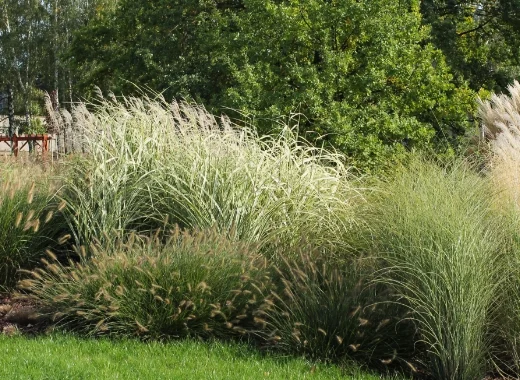Timely Tips for August in the Low Desert
Tip of the Month
Balance is everything in a garden. Wiping out all the pests is not a realist or even a desirable goal. If there were no aphids, lady beetles would starve. If we don’t share the leaves of our plants with caterpillars, we would not experience the joy of watching butterflies. If there were no fungi or bacteria nothing would breakdown to recycle back into the system. Everything has its place and purpose. Select plants that are resistant to known pests, keep them healthy (stressed plants are more vulnerable to pest problems), tolerate a little “damage”, and marvel at the many tiny and grand “battles” of nature keeping your yard in balance.
Climate Information for August in Phoenix, Arizona
Rainfall:
- Average: 1.0 inches
- Record: 5.4 inches (1951)
Temperature (degrees F):
- Average High: 103.7 degrees
- Lowest High: 73 degrees (1951)
- Record High: 116 degrees (1972, 1975)
- Average Low: 79.2 degrees
- Lowest High: 92 degrees (1995)
- Record Low: 58 degrees (1917)
Note: Rainfall and temperatures vary widely within the valley depending upon elevation and microclimate.


Turf
- Plant Bermuda lawns during the active growing season, May through August.
- Fertilize Bermuda grass lawns each month beginning late April or early May with nitrogen according to the directions on the package.
- Apply Iron once per month according to the directions on the package.
- Apply one inch of water per week to Bermuda lawns.
- To remove a Bermuda lawn:
- Water and fertilize the grass to ensure that it is actively growing
- Apply a herbicide with glyphosate according to the directions on the package
- The grass will take in the herbicide throughout the entire root system, thus killing the plant rather than just knocking it back
- After a few days water again
- Reapply the herbicide to any of the turf that re-grows
- Continue this cycle (may take three or more times) of fostering growth and applying herbicide until the grass is completely killed
Roses
- Cut back on fertilizing established roses to encourage plants to slow down for the hot summer
- Water deeply as temperatures climb
- Hose off plants in the early morning to increase humidity and control spider mites
- Toward the end of August and into September add an iron supplement if roses show yellowing from iron deficiency


Landscape Plants
- Increase water application as the weather warms. Pay attention to irrigation needs of plants
- Apply mulch to the ground around the base of heat sensitive plants to keep the roots cooler and prevent evaporation. Keep the mulch several inches away from the trunk
- Cut off spent blooms to stimulate re-bloom
- Native and imported heat tolerant plants can be planted right through the summer months. They will need to be watered on a regular basis until fall
- Transplant palms in the heat of the summer for best results
- Protect newly transplanted trees from heavy winds and dust storms by staking carefully
- Late August or early September fertilization will benefit most plants struggling to have a flush of growth before slowing down for the winter. The growth put on before dormancy will store more energy during the winter that will be available to the plant when it pushes growth in the spring
- DO NOT expose citrus and other sun sensitive plants to sunburn by pruning during the summer
- DO NOT increase opportunities for fungal disease on turf by over watering or watering at night
- DO NOT over water which will result in root rots. Allow the soil to dry out between watering


